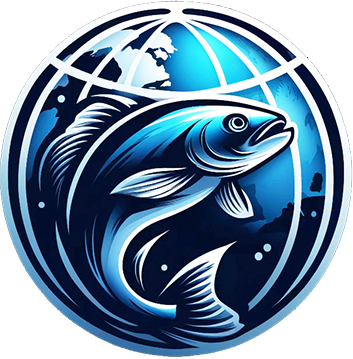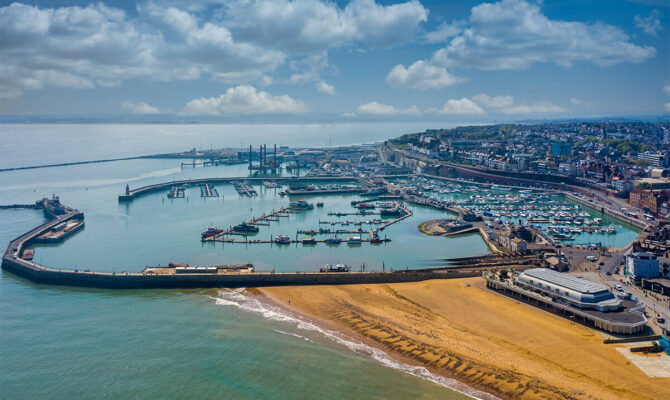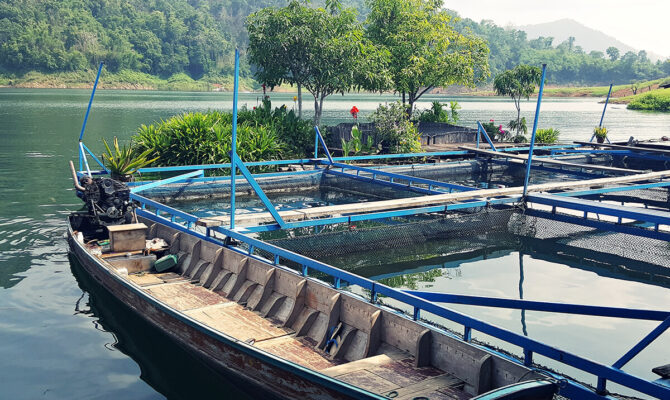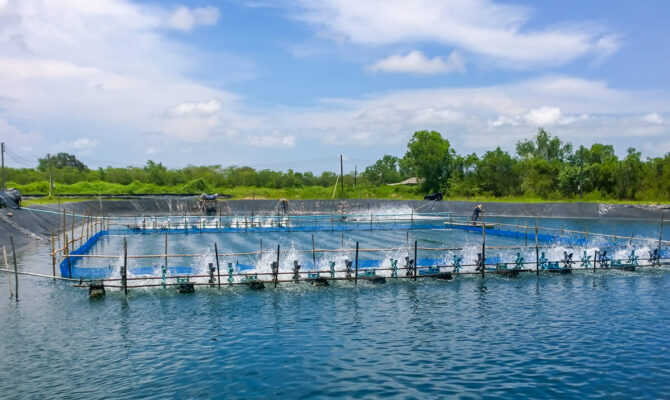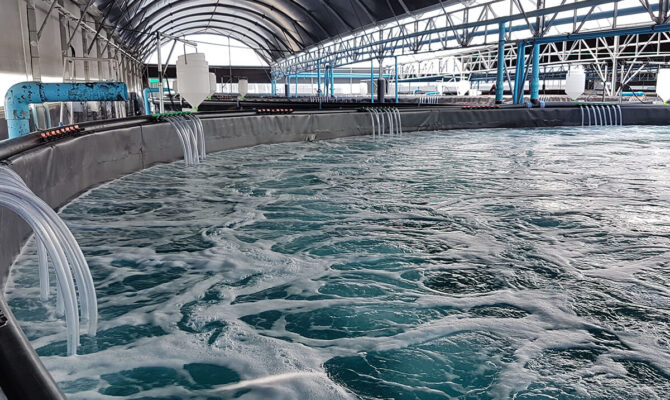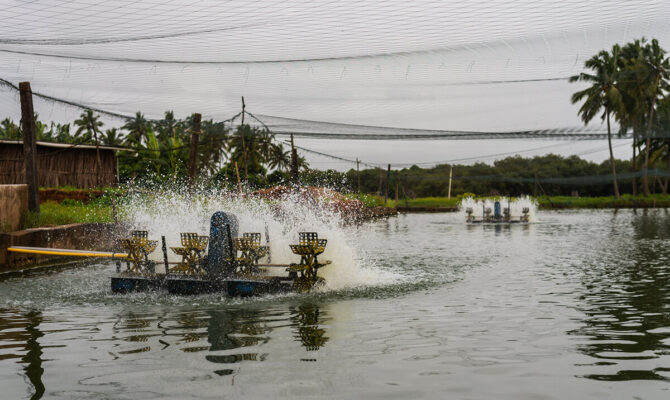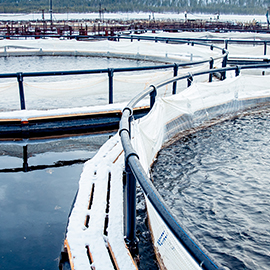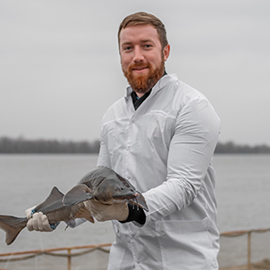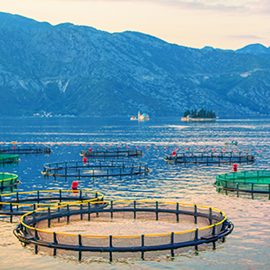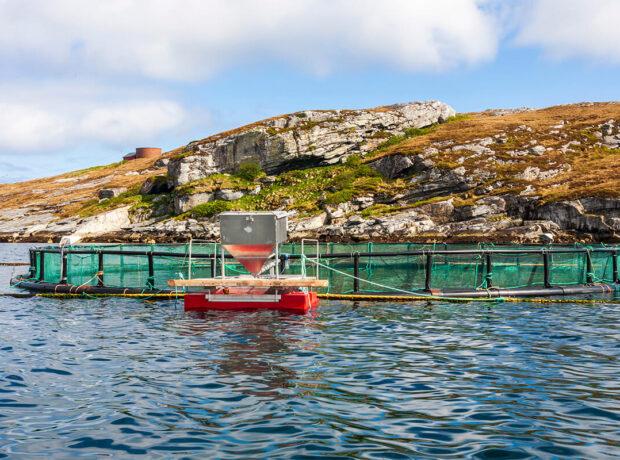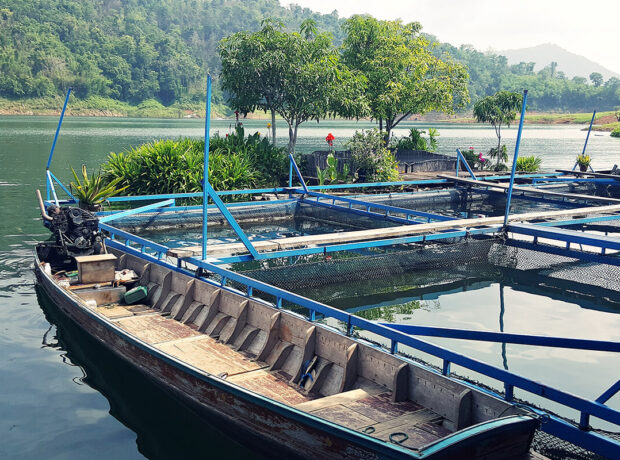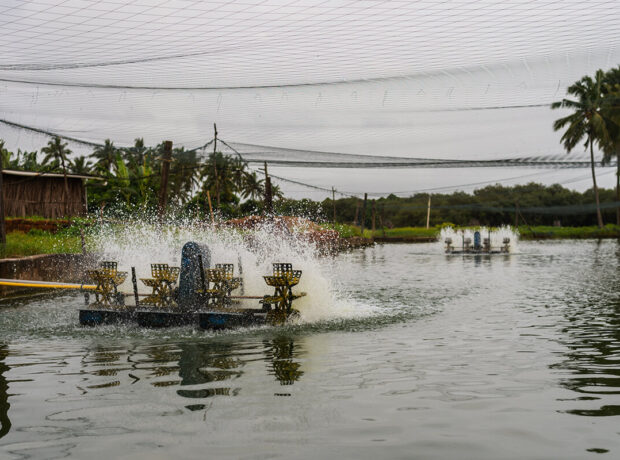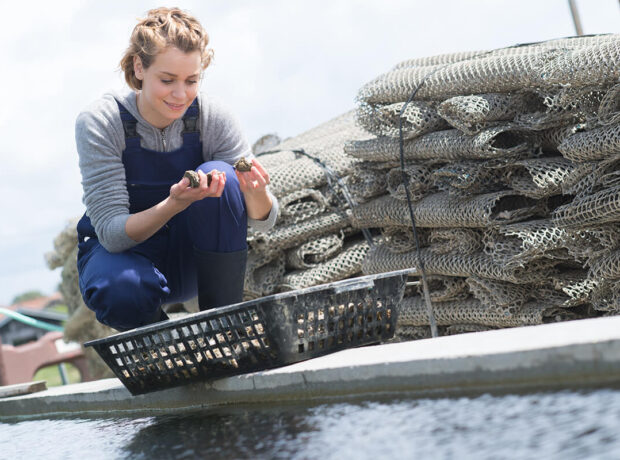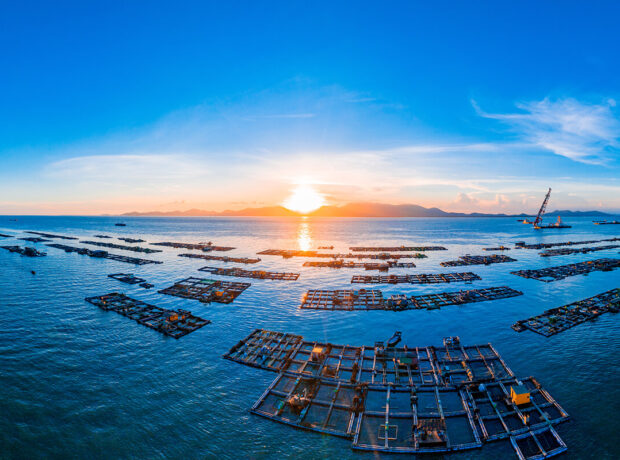Recirculating Aquaculture Systems (RAS) design management services
The Recirculating Aquaculture Systems (RAS) designing and management services offer total solutions for land-based fish and shrimp farming through a sustainable, high-efficiency system that recycles and treats water. Specifically, these services comprise planning, engineering, and implementation of state-of-the-art aquaculture systems for specific species and specific production goals. Some of the main elements are the design of the system layout, integration of mechanical and biological filtration systems, calibration of water quality, and turning the whole process into energy-saving technology. Management of daily operations through monitoring of water quality, feeding strategies, health management, and waste treatment is included in management services.
What is a Recirculating Aquaculture System?
Recirculating aquaculture systems constitute fish farming in that water is continuously recycled through mechanical and biological filtration. Instead of using permanent quantities of water, RAS uses water by treating and reusing it in the system. You may imagine a fish farm with an integrated water purification plant! Given the world’s rising demands for seafood and dwindling natural water resources, sustainable fish farming has become ever more critical. Within the framework of low environmental impact, reduced water use, and better control of the growing conditions, RAS provides a solution for fish farming.
Core Components of RAS
Fish Rearing Tanks: these are the key components in any RAS. Tanks vary in their shapes (circular, square, or raceway) and sizes, corresponding to the species cultivated. Circles are much used in tanks for they give a better flow of water and waste disposal.
Mechanical Filtration: this takes care of all the solids, including waste from uneaten feeds and fish. The most commonly used types are drum filters, screen filters, and settling tanks-just think of it as a vacuum cleaner that catches the big things before they become a problem.
Biological Filtration: The magic happens right here, as these beneficial bacteria convert toxic ammonia (from fish waste) into nitrite and then to harmless nitrate via nitrification, which is essential for fish survival.
Oxygenation and aeration systems: fish require oxygen as we do to breathe. The diffusers, air stones, or oxygen cones contribute to the ideal dissolved oxygen level for fish growth. Without them, your fish can literally get suffocated.
Water pumps and Flow Control: This is simply the movement of water around the system. Right flow ensures all components perform as they are designed. The impellers must be energy-efficient and durable because they never sleep.
Temperature Control and Heating: Each species differs with respect to temperature. Heating or cooling upholds the optimal temperature that is critical for growth and health.
Monitoring and Control Systems: Modern RAS uses sensors and digital controls for monitoring a range of parameters including but not limited to pH, DO (Dissolved Oxygen), temperature, and ammonia concentration. Some even connect to smartphones, so yes, fish farming has gone high-tech!
RAS Design Principles
It is entirely true that the main design principles with regard to RAS systems design consultant services focus on sustainable and efficient aquatic environments for aquatic species; they lay special emphasis on water quality, energy usage, and space-saving aspects. Some of the more important principles include maintaining water quality for effluent-free operation through effective filtration and oxygenation; biosecurity, disease prevention in context; as well as effective waste management through combined biological and mechanical filtration systems. This design is also regarded as energy effective because it prefers using renewable energy sources; while mostly employing monitoring and control automation, these methods ensure minimal use of energy. Scalability of facility, flexibility to various species, and real-time data integration for smarter decision-making are now seen as critical in ensuring long-lasting systems.
- Water Flow and Hydraulic Design
- System Sizing and Stocking Density
- Modular Design and Scalability
Water Quality Management
Managing Ammonia, Nitrite, and Nitrate
These compounds are the main villains in water quality. Regular testing and strong biofiltration keep them in check.
pH and Alkalinity Balance
A stable pH supports bacterial activity and fish health. Buffers like sodium bicarbonate can help maintain the right levels.
Solids Management
Solid waste can clog filters and stress fish. Settling tanks and regular cleaning prevent buildup and maintain flow efficiency.
Biosecurity Measures
Pathogens are a constant threat. Quarantine new stock, sanitize equipment, and control access to your RAS facility. Think of it as fish farming with a firewall.
Challenges in RAS Design and Operation
Buying RAS isn’t easy. Equipment, sensors, and infrastructure; all add up to a hefty upfront outlay. But over time, it can pay off handsomely. Fish feeding? No way. This is plumbing, biology, chemistry, and a bit of coding if involved with automation. Power outages, pump failures, or bacterial imbalances can be catastrophic. Your best friends here are backup systems and alarms.
Innovations and Future Trends in RAS
From automatic feeders to real-time water monitoring applications, smart systems are radically changing fish farming. Combine fish farming with plants growing using fish waste as fertilizer for an eco-friendly and efficient system. Hello, home-grown lettuce and tilapia! Innovative RAS models aim at zero waste through the recycling of sludge, the use of solar energy, and even biogas production. The future is green and fishy.
Conclusion
Building a Recirculating Aquaculture System is like building a living machine. It needs careful planning and investment, as well as a solid understanding of aquatic biology. But when done right, RAS translates to sustainably, efficiently, and scalably meeting the growing global seafood demand without trashing the planet. For hobbyists and commercial farmers alike, the right RAS design can make all the difference. Dive in and start smarter farming.
Why choose Aquaculture Manager for recirculating aquaculture systems design management services?
Aquaculture Manager stands out as a trusted partner in delivering high-quality design and management solutions for Recirculating Aquaculture Systems (RAS). Our team combines technical expertise with hands-on industry experience to provide customized, sustainable, and cost-effective solutions for modern aquaculture operations.
We specialize in the full lifecycle of RAS projects—from initial concept and system design to installation, optimization, and ongoing management. Our services are built around the latest technologies and best practices, ensuring high productivity, biosecurity, and environmental responsibility. Contact AquacultureManager today by email- [email protected], or call at- +47 92651838 and join the leaders in sustainable aquaculture!
Logistic & Transport Solutions Saves Your Time. Find your solution
Sam Martin
- Ceo Aqau
Early Start
Our Mission
Our Vision
Future Goals
Delivering deep insight changing revolutionary strategies
Successful on delivering the best seafood Worldwide
Our production for water installation
have been the best
